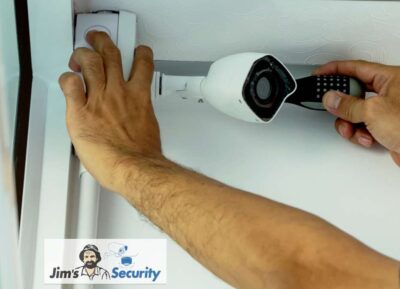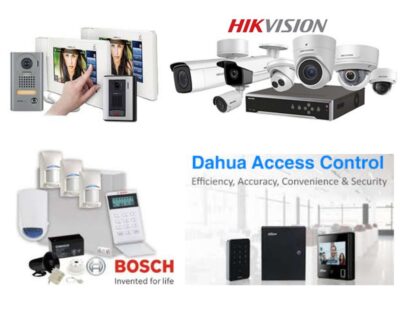Installing security cameras is a great way to enhance safety, but it’s important to follow legal guidelines. Proper placement ensures privacy, compliance, and effective monitoring. This key considerations, from avoiding private areas to securing footage and understanding consent laws, so you can use surveillance confidently and responsibly.
Clear View of Your Property
Ensure cameras focus on your premises and avoid capturing
areas outside your property boundary, such as your neighbour’s home or public space. Unless you are explicitly allowed by law.
No Recording in Private Areas
Cameras should not be installed in areas where there is a
reasonable expectation of privacy, such as bathrooms, changing rooms or bedrooms.

Notice and Consent
You are generally required to notify individuals that surveillance is in operation. This can be achieved by placing visible signage that states cameras are in use. If you are monitoring employees, state workplace surveillance laws require providing advance notice in writing, detailing the purpose, type and duration of the surveillance.
Storage and Use of Footage
Securely store any recording and ensure they are accessed only for legitimate purposes. Do not share footage with third parties unless required by law, such as police investigations.
Audio Recording
Recording audio is more strictly regulated than video surveillance. Most jurisdictions prohibit recording audio without explicit consent from the individuals being recorded.
Legal Use of Footage
Footage should only be used for its intended purpose, such as security and not for personal or unrelated purposes. Footage may be used as evidence although it must comply with the rules of admissibility in legal proceedings.
Licensing and Installation
If hiring an installer, ensure they are licensed and comply with relevant regulations in your
state or territory.
You can take comfort in knowing when using Jim’s Security all our technicians are fully licensed and can be reached on 131 546.


